What is a UVC LED
A UVC LED is semiconductor light source that produces short wavelength photons in the spectral range of 200 to 280 nanometers. It produces monochromatic, biologically sensitive light that targets specific bonds and structures in DNA, RNA and proteins of microorganisms and biomolecules for disinfection and sterilization. Ultraviolet (UV) light refers to electromagnetic radiation ranging in wavelengths from 100 to 400 nanometers, which falls between visible light and x-rays on the electromagnetic spectrum. Using the CIE classification, the UV range can be further divided into UV-A (long-wave) from 315 to 400 nm, UV-B (medium-wave) from 280 to 315 nm, and UV-C (short-wave) from 100 to 280 nm. Although the spectral band of UV-C is classified as the wavelength range of 100 – 280 nm, radiation within the 100 – 200 nm wavelength range is strongly absorbed by atmospheric oxygen and thus called vacuum UV. The wavelengths that can be utilized for germicidal irradiation span a narrower range and lie from approximately 200 to 280 nm. The emission wavelength of a UVC LED is tuned to a specific target within this spectral band.
Fundamentals of UV disinfection
UVC is a high energy form of radiation. Highly energetic photons can induce photochemical reactions and result in pyrimidine dimerization within DNA/RNA , which is the dominant cellular damage, and disulphide bridge breakdown in proteins. They break organic molecular bonds and form photodimeric lesions in nucleic acids. These lesions, in turn, disrupt the ability of the microorganism to replicate and transcript, which effectively inhibits or inactivate the growth and proliferation of microorganisms such as bacteria, viruses, spores, fungi, molds and mites. Among these microorganisms include the SARS-CoV-2 coronavirus that causes COVID-19. The COVID-19 virus spreads by airborne transmission primarily through the respiratory droplets of saliva or discharge from the nose when an infected person breathes, coughs or sneezes. The effectiveness of the effectiveness of UVC lamps in inactivating the SARS-CoV-2 virus in inactivating viruses and pathogenic microbes is a function of the dose of radiation, which is determined by the wavelength, intensity (irradiance) and duration of radiation. The irradiance and duration of radiation are ultimately dependent upon the wavelength. Nucleic acids show an absorption peak around 265 nm. However, the mechanisms of pathogen inactivation due to pyrimidine dimerization, pyrimidine pyrimidone photoproducts formation and protein-DNA cross-linking can be activated by UV radiation in wavelengths of 220 – 280 nm.
Germicidal lamps
The development of UVC LEDs is intended to provide an alternative source of UV radiation which has been the realm of mercury-based lamps. Mercury lamps emit UV radiations by passing a plasma arc between two electrodes inside a quartz tube. Low-pressure mercury lamps (LPMs), which can convert on average 35% of input watts into UVC radiation, are the most widely installed UVC sources. Medium-pressure mercury (MPM) and high-pressure mercury (HPM) lamps, which deliver an extremely high specific UV flux per unit arc length but with a much lower efficiency and shorter lifespan, operate at greater mercury vapor pressure than LPMs due to a much higher power input. Other types of UVC source are also available. Excimer lamps are mercury- and electrode-free arc discharge light sources that emit light as a result of the spontaneous transition of an excimer molecule from an excited electronic state to the ground state. Pulsed-driven xenon lamps produce radiant energy in the UV region when electricity is passed through ionized xenon gas under high pressure. While traditional UVC technologies are making a significant contribution to combatting viruses and bacteria, they need to be improved. Spectral modification is not available with traditional UVC technologies. The UVC radiation of LPMs germicidal lamps is limited to a 254 nm peak. The fragility of the glass envelopes poses a risk of glass breakage. The presence of toxic mercury requires specialized handling and disposal. Traditional discharge lamps radiate a significant amount of heat which can impact temperature sensitive materials. The use of medium-pressure and high-pressure lamps requires a high degree of safety diligence because they operate under high pressures and at high temperatures.
LED technology
As the COVID-19 pandemic continues to evolve, the world is calling for a powerful, effective and sustainable UV disinfection technology. LED technology holds great promise for surface, air and water disinfection. Through manipulation of the semiconductor bandgap, the spectral power distribution (SPD) of an LED can be tailored to deliver targeted wavelengths. The light spectrum does not contain infrared (IR) components, which will not result in the radiant heating of an object’s surface. The instant dimming and turn on-off capabilities of UVC LEDs without affecting the service life allow for a more efficient utilization of electricity. LEDs have no glass tube to break and can withstand vibrations. Moreover, LEDs contain no mercury or any other hazardous materials, which obviates the need for disposal/recycling. LEDs are small, compact devices, which allows high efficiency for precise delivery of light to surface requiring disinfection as well as direct integration within disinfection applications in restricted spaces.
Chip and package fabrication
UVC LEDs are fabricated from aluminum nitride (AlN) and gallium nitride (GaN) alloys. The addition of aluminum instead of indium to the nitride alloys enables emission of shorter wavelength light spanning from 210 nm to 360 nm. The photon energy and, consequently, the desired emission wavelength of a UVC LED can be tuned by varying the bandgap of the semiconductor layers. UV LEDs basically belong to the same family of III-V semiconductors as blue LEDs. While the efficiency of blue LEDs has improved enormously over the past decade and exceed 80% external quantum efficiency (EQE), the maximum EQE of fully packaged AlGaN LEDs is less than 10%. Blue pump LEDs can now deliver a wall plug efficiency (WPE) of above 60%. Commercially available UVC LEDs are only 2 – 5 % efficient in converting electrical to optical power. In contrast, low pressure mercury lamps have a WPE exceeding 25%. A high rate of non-radiative recombination of injected electrons and holes in quantum wells leads to a high internal quantum efficiency loss. AlGaN semiconductors suffer from high densities of thread dislocations and other extended defects due to heteroepitaxial growth on foreign substrates. Improving the WPE for massive commercial deployment remains a huge challenge for UVC LEDs.


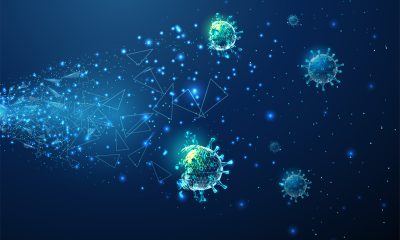
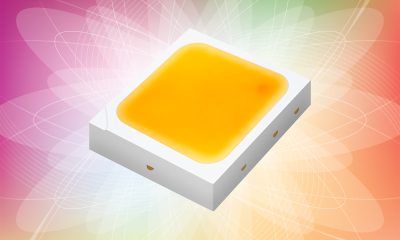
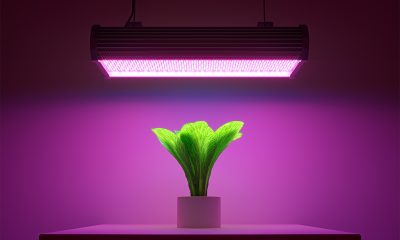


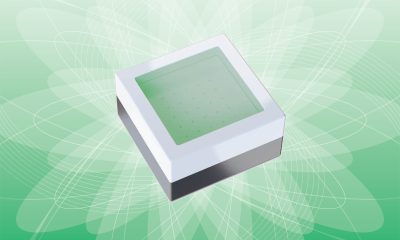
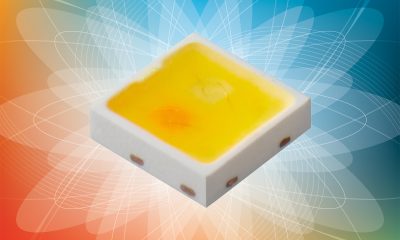
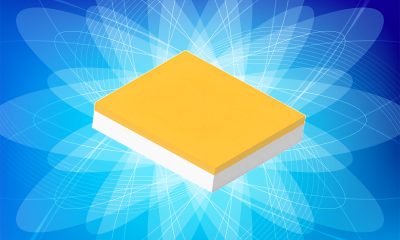
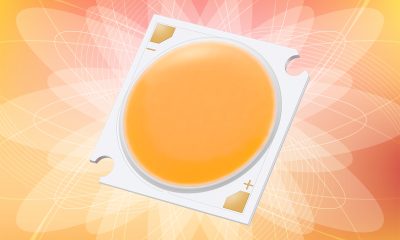
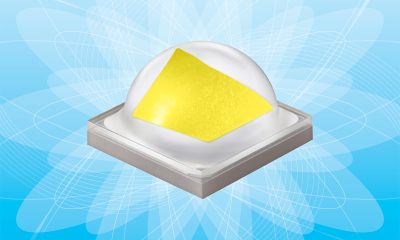
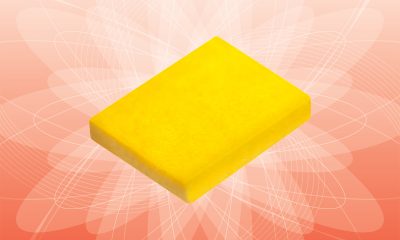
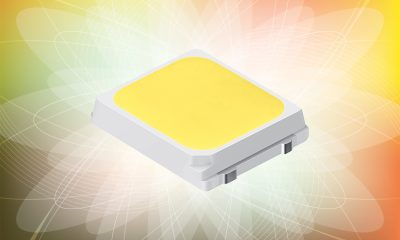





Loading...